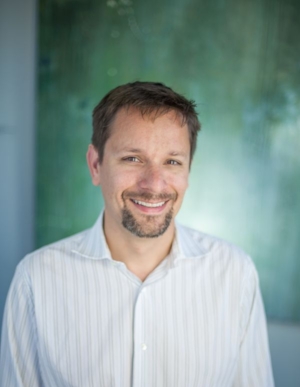Even Historic Cities Face Auto-Oriented Design Problems
This is our second dispatch from the Congress for the New Urbanism (CNU), which took place in Savannah, Georgia in May. Chuck Marohn attended CNU and hosted a series of in-depth podcast conversations about some of the most pressing topics for cities today, with leaders, thinkers, and activists in a whole range of fields. Now we're bringing those podcasts to your ears throughout the summer.
One month after the Congress, today's podcast guests are Andres Duany and Kevin Klinkenberg, who discuss the host city of Savannah. Andres is one of the founders of CNU and Kevin is a long-time Savannah resident. Both are architects and planners, and both were deeply involved with producing the Congress this year.
Questions discussed in this podcast include:
- What makes Savannah such a unique place?
- Why didn't the rest of Savannah develop in the same traditional, walkable manner as the city center?
- How has auto-oriented design impacted the historic core of the city?
- How do you balance historic preservation concerns and the need to allow cities to move forward?
- What's the impact of large developments like convention centers and arenas?
- Engineers and planners often have a compulsion to fix things, but how do we know when to let a place go? What is the opportunity cost of spending too much time fixing things that are really beyond repair?
Want more from Andres Duany?
Want more from Kevin Klinkenberg?
- Visit his website and blog.
- Read his writing on Strong Towns.
- Watch Kevin's presentation at the 2017 Strong Towns Summit.
(Top photo by Kevin Oliver)





Our most famous case study revealed the high cost of auto-oriented development. But what if a little creative rearrangement could make things a whole lot better?